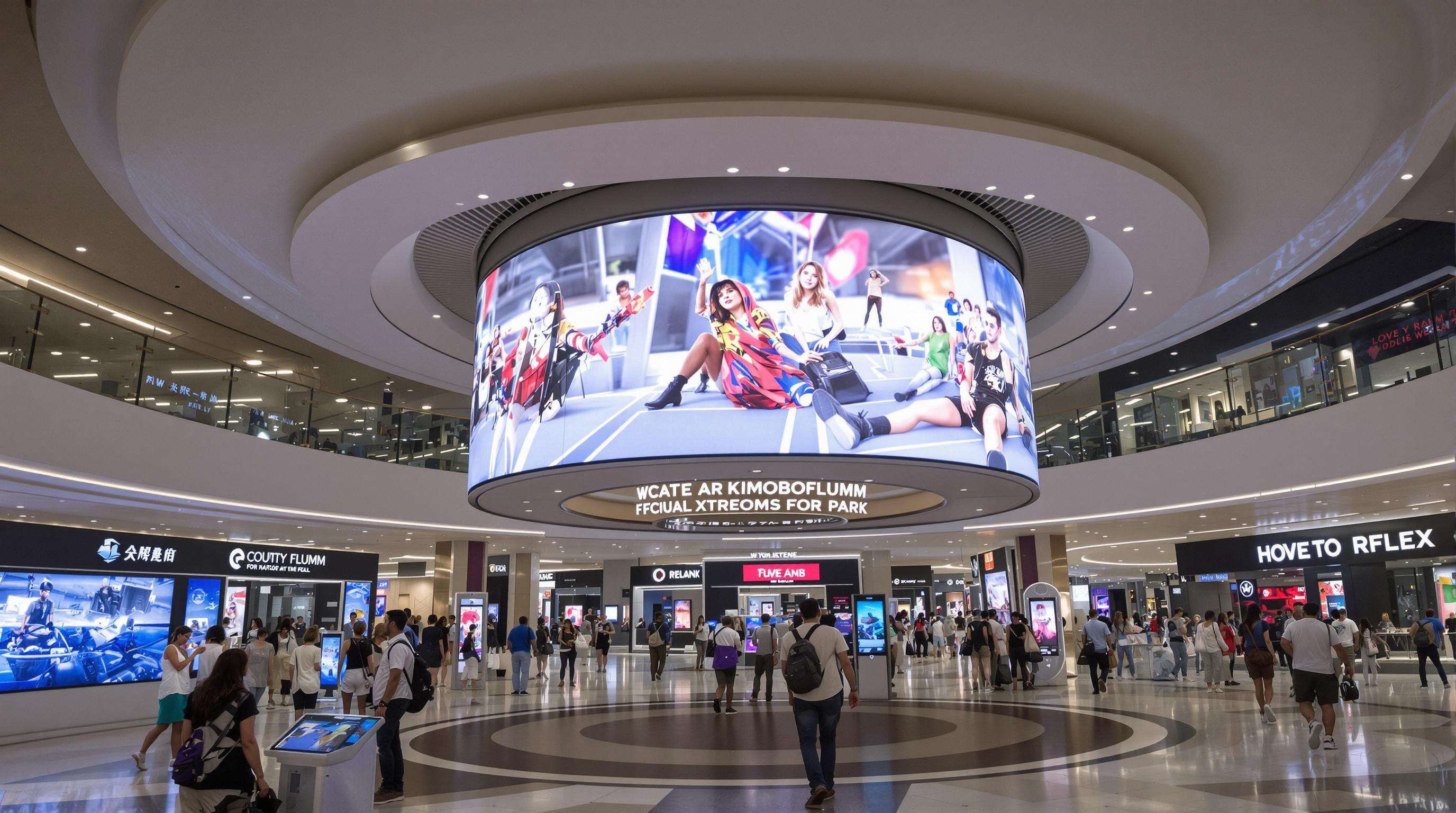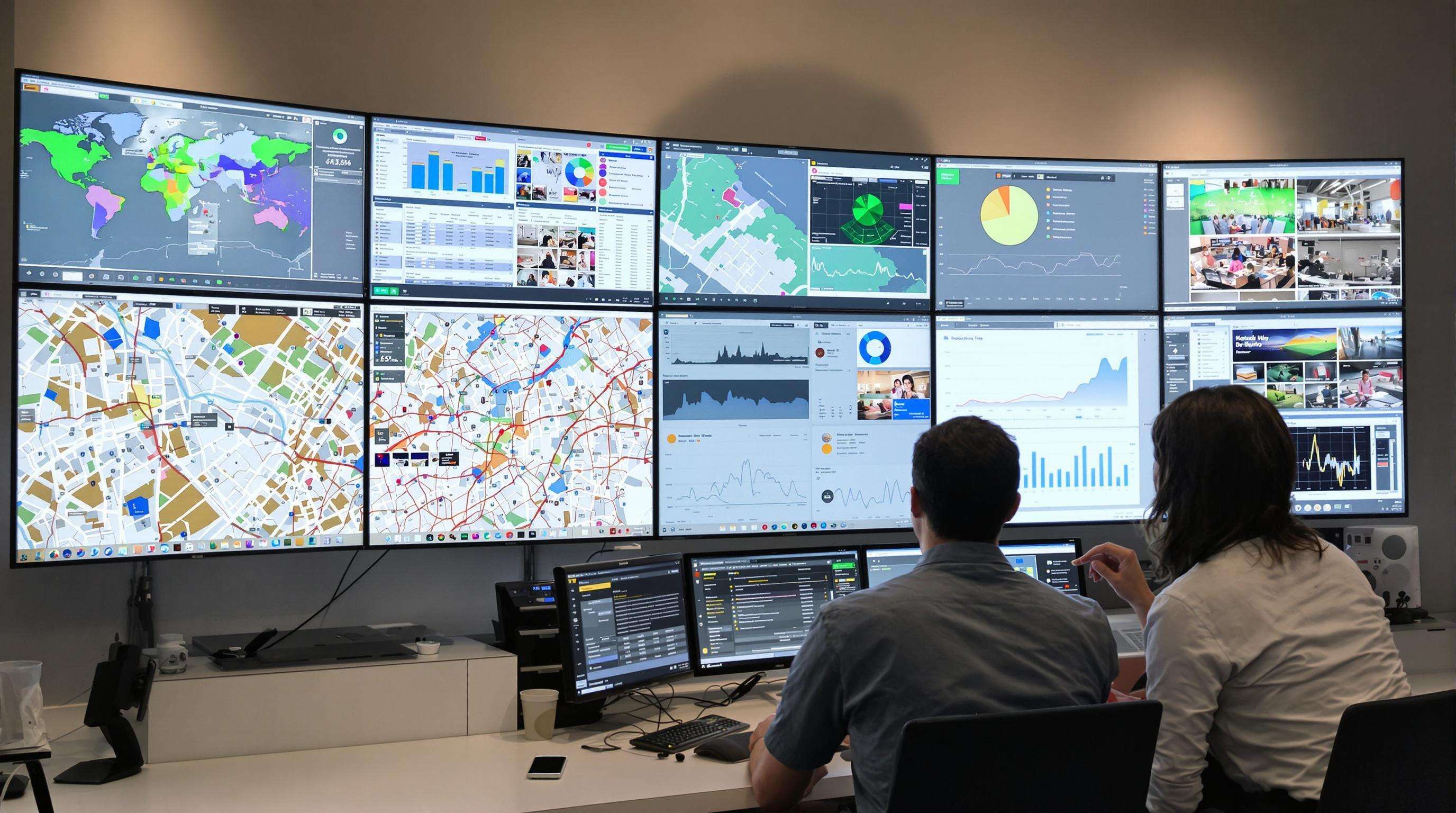When it comes to retail, Jumbotrons are changing the way you communicate through powerful visuals and strategic content placement. And just like that, real-time signage goes from wall to ceiling on a dynamic display that is as functional as it is attractive—improving AD RECALL 62% over static (Retail Tech Survey 2023 ). They connect shoppers to AR and mobile apps, creating personal experiences with items on display, and boosting the average time spent near featured brands by 40%.
Leading manufacturers now offer modular designs, enabling malls to adapt screen configurations for seasonal campaigns. This flexibility has reduced content update costs by 33% while improving ROI through targeted dayparting strategies.
Three factors fuel jumbotron adoption:
| Metric | Improvement | Source |
|---|---|---|
| Ad Relevance | 55% higher CTR | Digital Retail Index |
| Foot Traffic | 32% peak increase | Mall Operations Report |
The convergence of 4K streaming and AI-powered content engines has cut implementation costs by 28% since 2021. These systems deliver 27% year-over-year ROI through hybrid revenue models combining tenant ads, event sponsorships, and social media integrations.

Jumbotrons with AR/VR let shoppers visualize products in 3D—like testing furniture arrangements or trying digital clothing. Stores combining video walls with AR see a 70% increase in dwell time (RetailTech 2023), transforming static ads into dynamic storytelling tools.
Modern jumbotrons integrate motion sensors, directional audio, and synchronized lighting. For example, cosmetics displays trigger personalized demos with scent diffusers, increasing perceived product value by 45% (Sensory Retail Index 2023). Real-time updates (e.g., weather-tied promotions) keep experiences fresh.
A U.S. mall’s 40-foot circular display synced live social feeds with AI-curated promotions. Over six months, foot traffic grew 32%, while partnered retailers saw a 19% sales lift for featured products. The balance of interactive games and wayfinding maps proved critical.
Effective designs follow the 3-Second Immersion Rule: capturing attention fast, then deepening engagement with layered stimuli. A 2024 Nielsen study found overly complex displays reduce dwell time by 22%. Aligning content with sightlines and soundscapes prevents sensory overload.
Jumbotrons guide decisions at every stage. Entrances showcase promotions, while aisle screens highlight complementary products. A 2023 study found 54% of consumers use displays to locate items faster, cutting pre-purchase research time by 19%.
Gesture-controlled jumbotrons let shoppers swipe catalogs or use AR overlays. During peak hours, trivia games increase dwell time by 41% (Retail Tech Insights 2024)—63% recall brands using interactive displays versus 22% for static ads.
Every additional 30 seconds of interaction correlates to a 9% higher checkout likelihood (2024 Digital Retail Report). Luxury retailers create "digital showrooms" where screens display product details as shoppers approach.
Algorithms optimize content based on crowd demographics—sunscreen ads for families, cocktail specials for evening crowds. Early adopters report 27% higher click-through rates versus scheduled loops.
While jumbotrons boost engagement, 29% report sensory overload (Consumer Comfort Index 2024). Top retailers use "content zoning," with motion-activated sections to prevent overwhelm.
QR codes on mall directories trigger tailored promotions on nearby jumbotrons, increasing dwell time by 27% (RetailTech Insights 2024). Features include:
81% of retailers see higher engagement using location-based triggers (Digital Signage Federation 2023). Examples:
Malls now deploy CMS platforms that synchronize:
| Touchpoint | Integration | Impact |
|---|---|---|
| E-commerce | Live launches on physical screens | +41% cross-channel sales |
| Mobile apps | Shared wayfinding paths | 34% fewer staff queries |
| IoT sensors | Heatmap-driven content rotation | 22% higher ad recall |
API-connected ecosystems reduce stock discrepancies by 68% through real-time inventory syncing (VenuesNow 2024).

Core performance indicators:
Gamified displays generate 4-7x more social shares than static ads:
While installations cost $250k-$900k, long-term savings include:
Malls synchronizing jumbotrons with apps and loyalty programs see 19% higher ROI (2024 cross-industry analysis).

